How to Choose the Right Rod Action for Specific Techniques
The difference between a successful day on the water and coming home empty-handed often comes down to having the right equipment for the job. Among the most critical pieces of fishing gear is your rod, specifically its action—how much and where it bends when pressure is applied. The right rod action can enhance your casting distance, improve your hooksets, and give you better control over your lures and fish. However, with fast, moderate, and slow actions available, many anglers find themselves overwhelmed by the choices. This comprehensive guide will help you understand rod actions and match them to specific fishing techniques, ensuring you’re properly equipped for your next fishing adventure.
Understanding Rod Action Fundamentals
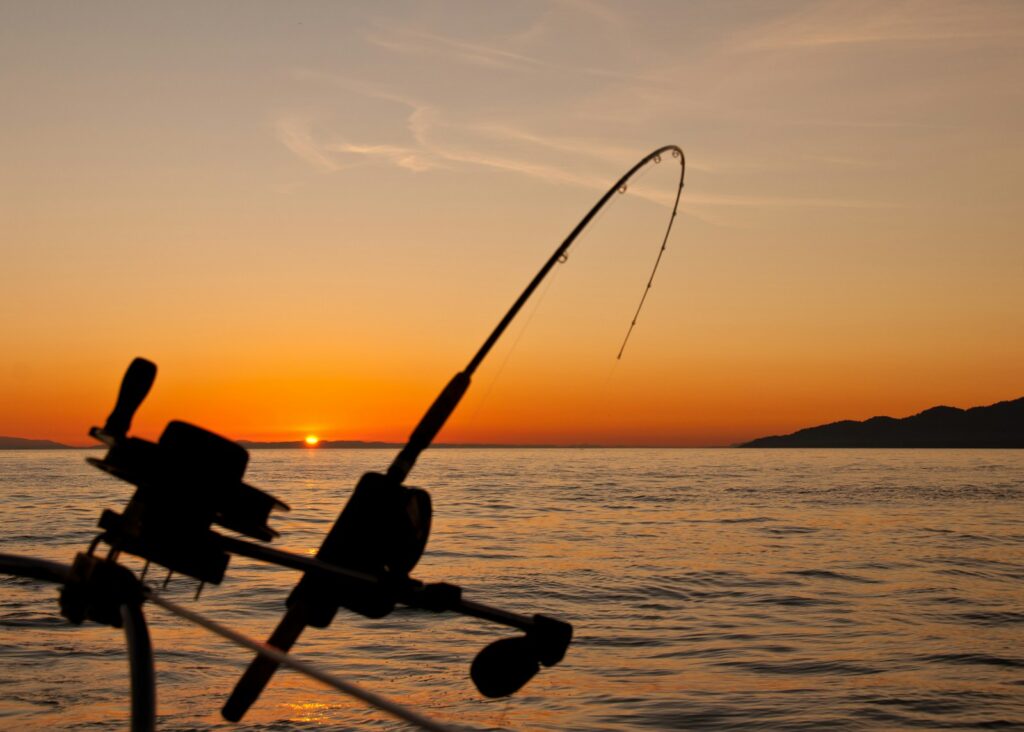
Rod action refers to where the rod bends when pressure is applied to the tip. Fast action rods bend primarily in the upper third of the blank, moderate action rods bend in the upper half, and slow action rods bend throughout most of the blank. This bending characteristic affects nearly every aspect of your fishing experience, from casting accuracy to lure presentation and fish-fighting ability. The materials used in construction, such as graphite, fiberglass, or composite blends, directly influence a rod’s action. Understanding these fundamentals is the first step toward making informed decisions about which rod action best suits your fishing style and target species.
Fast Action Rods: When Power and Sensitivity Matter
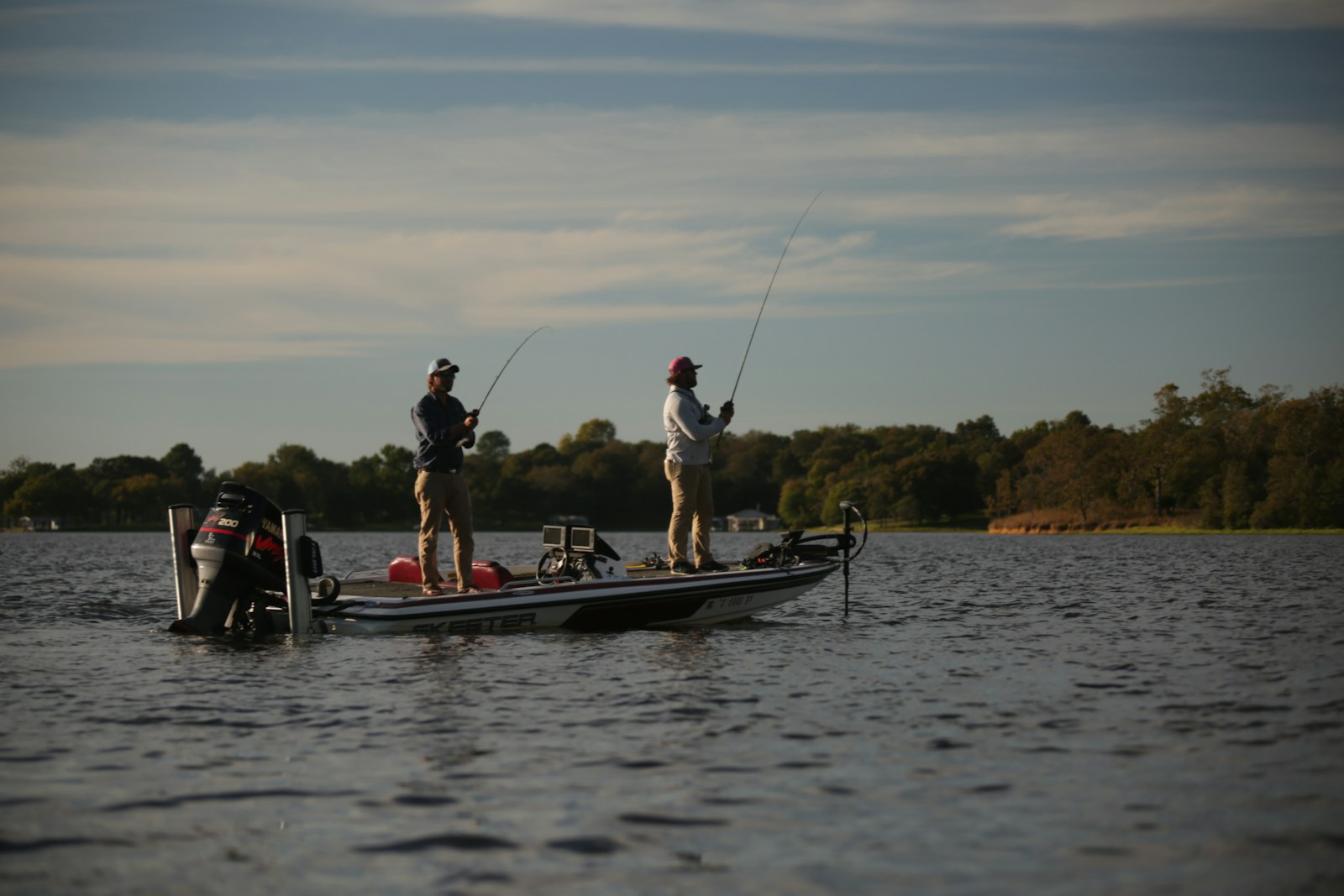
Fast action rods excel in situations requiring heightened sensitivity and powerful hooksets. Their stiff backbone and flexible tip make them ideal for techniques like pitching, flipping, and working jigs in heavy cover where you need to detect subtle strikes and set hooks quickly. Bass anglers often prefer fast action rods when fishing with single-hook lures in vegetation or around structure where immediate hook penetration is crucial. The limited bend profile of fast action rods translates more of your wrist movement directly to the hook point, increasing your hookup ratio when fishing with weedless soft plastics or heavy jigs. Additionally, their sensitivity allows you to feel bottom composition changes and light bites that might otherwise go unnoticed with more flexible rod actions.
Moderate Action Rods: The Versatile Middle Ground
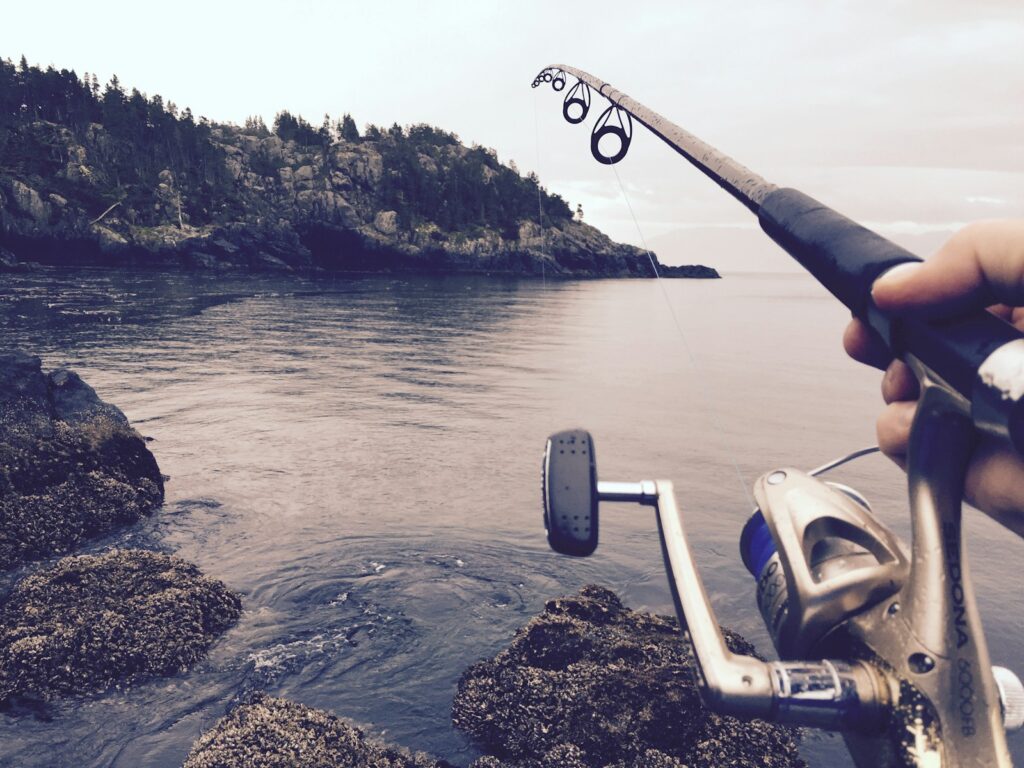
Moderate action rods represent the sweet spot between sensitivity and forgiveness, making them exceptionally versatile for a wide range of fishing applications. These rods bend through the upper half of the blank, providing a balanced combination of hookset power and casting performance. They excel with treble-hooked lures like crankbaits, where their forgiving nature absorbs the shock of a striking fish and reduces the chances of tearing hooks free. Moderate action rods also perform admirably when throwing spinnerbaits, small swimbaits, and topwater lures where a slightly delayed hookset can improve your success rate. Their balanced properties make them an excellent choice for anglers who prefer to carry fewer rods but still want to employ various techniques throughout the day.
Slow Action Rods: For Finesse and Light Line Applications
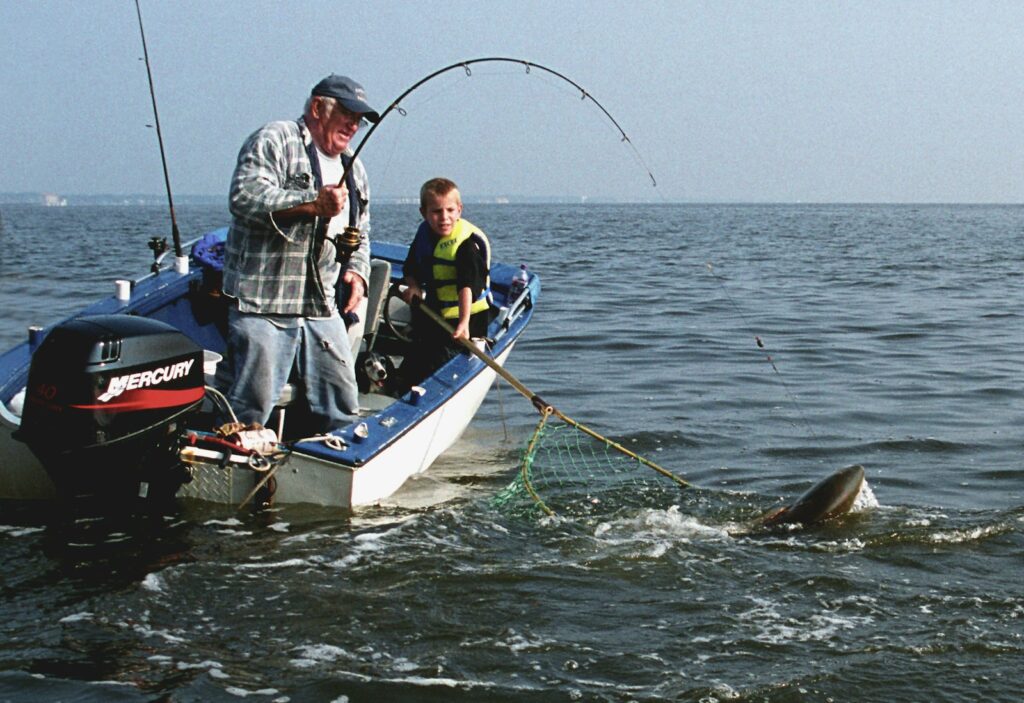
Slow action rods, which bend throughout most of the blank, provide maximum forgiveness and shock absorption when fighting fish on light line. Their parabolic bend profile makes them ideal for techniques requiring delicate presentations with light lures, such as drop-shotting, fishing small jigs, or presenting tiny dry flies in clear water conditions. Trout and panfish anglers particularly appreciate slow action rods for their ability to protect light leaders and tippet materials while still maintaining enough backbone to land larger-than-expected catches. The full-flex characteristics of slow action rods also excel in situations where you need to make gentle, accurate casts with lightweight lures that would be difficult to cast effectively with faster action alternatives.
Matching Rod Action to Bass Fishing Techniques
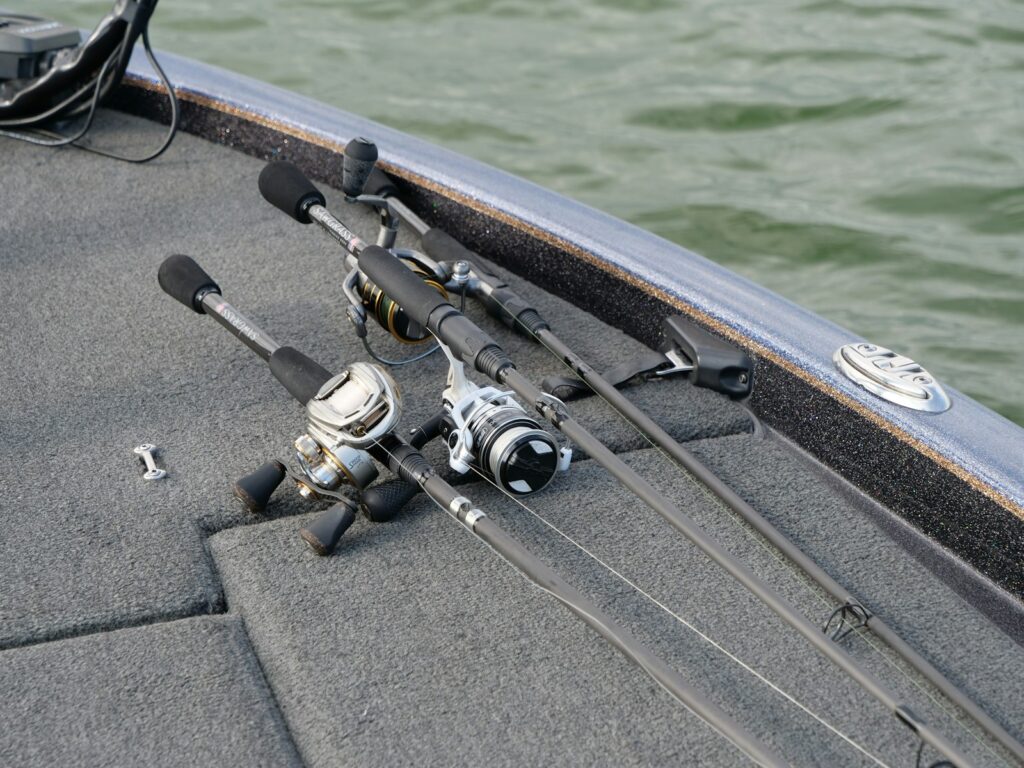
Bass fishing encompasses a wide variety of techniques, each benefiting from specific rod actions. For precision techniques like pitching jigs or Texas-rigged worms to specific targets, a fast action rod provides the sensitivity and hookset power needed to be effective. When cranking, however, a moderate action rod helps keep fish buttoned up by absorbing their head shakes and sudden surges. Topwater fishing generally calls for a moderate-fast action that balances hookset capability with enough give to prevent ripping treble hooks from a fish’s mouth. For finesse techniques in clear water conditions, such as drop shotting or fishing shaky heads, a moderate to moderate-slow action provides the forgiveness needed when working with lighter line and smaller hooks.
Selecting Rod Action for Saltwater Applications
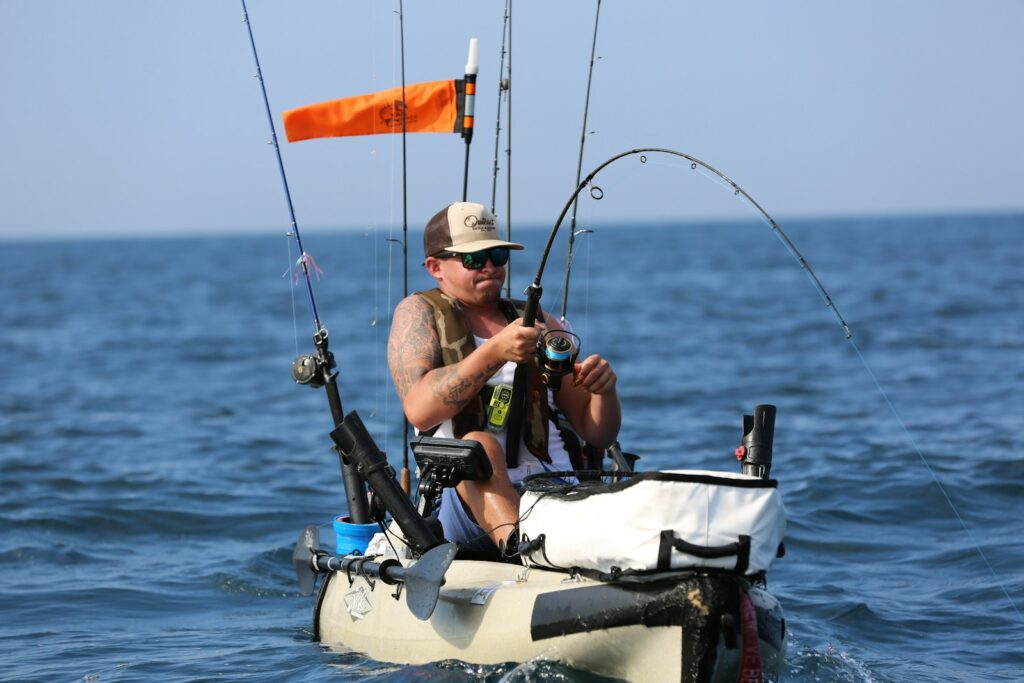
Saltwater fishing presents unique challenges that influence rod action selection, including stronger currents, larger fish, and the need for longer casts. When targeting species like redfish or snook around structure, a fast action rod provides the backbone needed to prevent fish from reaching cover. For casting plugs and swim baits in the surf, a moderate-fast action offers the distance-casting capabilities and hook-setting power required for success. When trolling for pelagic species, moderate action rods better absorb the sudden strikes and powerful runs of offshore gamefish. Ultra-fast action rods find their place in specialized techniques like jigging for grouper or snapper, where immediate hook penetration through tough mouths makes the difference between success and failure.
Fly Fishing: How Action Affects Presentation
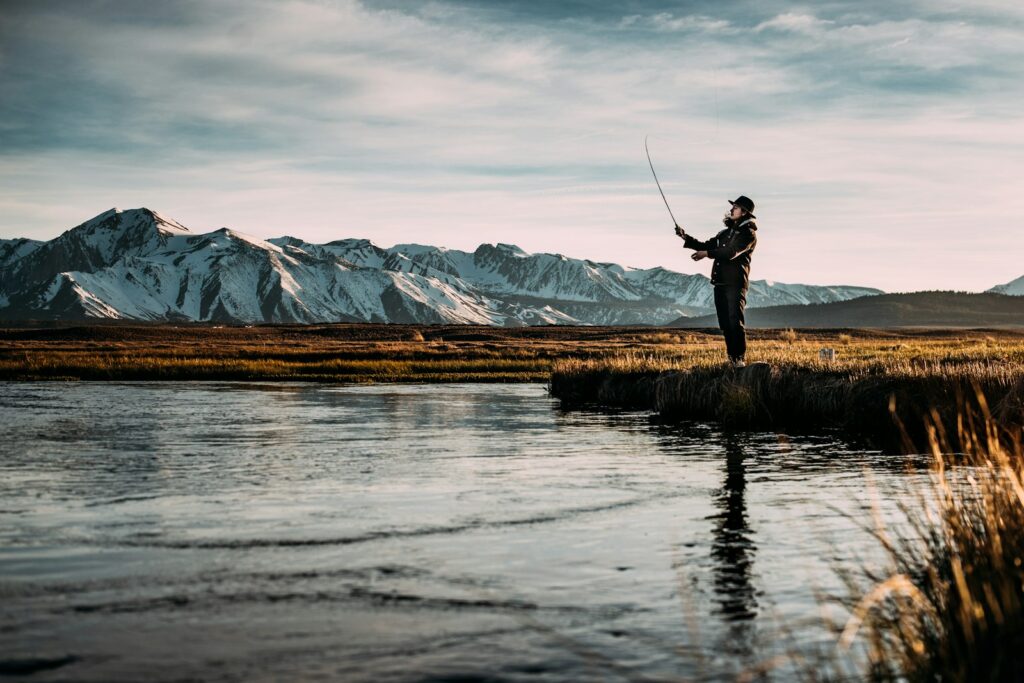
In fly fishing, rod action directly influences casting performance and fly presentation in ways that may not be immediately obvious to newcomers. Fast action fly rods generate higher line speeds and perform better in windy conditions, making them preferred tools for distance casting and throwing larger flies. Moderate action fly rods offer greater versatility and forgiveness, helping intermediate anglers maintain better control over their casting loops while still delivering flies accurately. Slow action fly rods, with their full-flex properties, excel at protecting light tippets and presenting small flies with delicacy, particularly important when fishing spring creeks or technical tailwaters for selective trout. Understanding these differences helps fly anglers select the appropriate tool for their specific fishing environment and target species.
Ice Fishing: Action Considerations for Hardwater Success
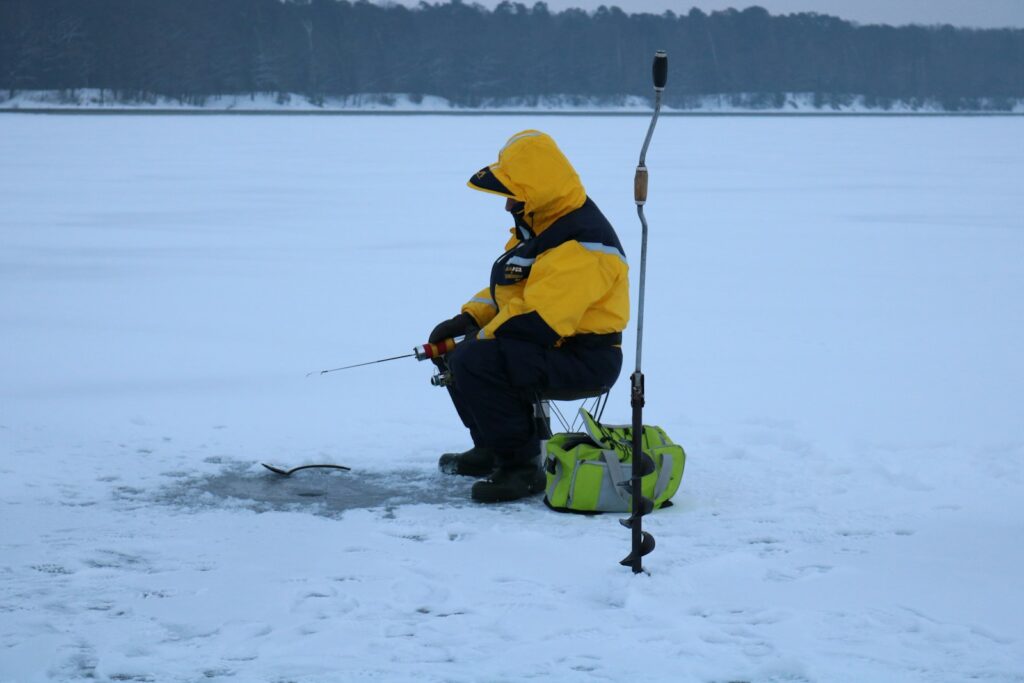
Ice fishing presents unique challenges that demand specific rod action characteristics for optimal performance. Ultra-light, fast action rods dominate the ice fishing landscape because they provide the sensitivity needed to detect subtle bites through a hole in the ice. The shortened length of ice fishing rods concentrates action properties, making a fast action even more responsive for techniques like jigging small spoons or presenting tiny jigs to panfish. For larger species like lake trout or pike, a medium-power rod with a moderate-fast action provides the backbone needed to control bigger fish in confined spaces while still offering enough sensitivity to detect strikes. The extreme cold of ice fishing environments also affects rod blank performance, making graphite-dominant rods with fast actions particularly advantageous for maintaining sensitivity in frigid conditions.
Rod Action for Trophy Hunting: Landing the Big Ones

When targeting trophy-class fish, rod action selection becomes increasingly critical as mistakes can mean losing the fish of a lifetime. Fast action rods with substantial backbone provide the hookset power and fish-fighting capability needed when targeting large musky, pike, or saltwater gamefish with large lures and heavy gear. Moderate-fast actions find their place in trophy bass fishing, offering enough power to control big fish while providing the shock absorption needed when using treble-hooked lures. When trophy hunting with lighter tackle, such as pursuing record-class panfish or trout, moderate actions provide a better balance of finesse presentation and fighting capability. Regardless of species, trophy-class fish demand rods with enough power in their lower sections to apply pressure when needed, while still providing appropriate action characteristics for the techniques being employed.
Material Matters: How Construction Affects Action
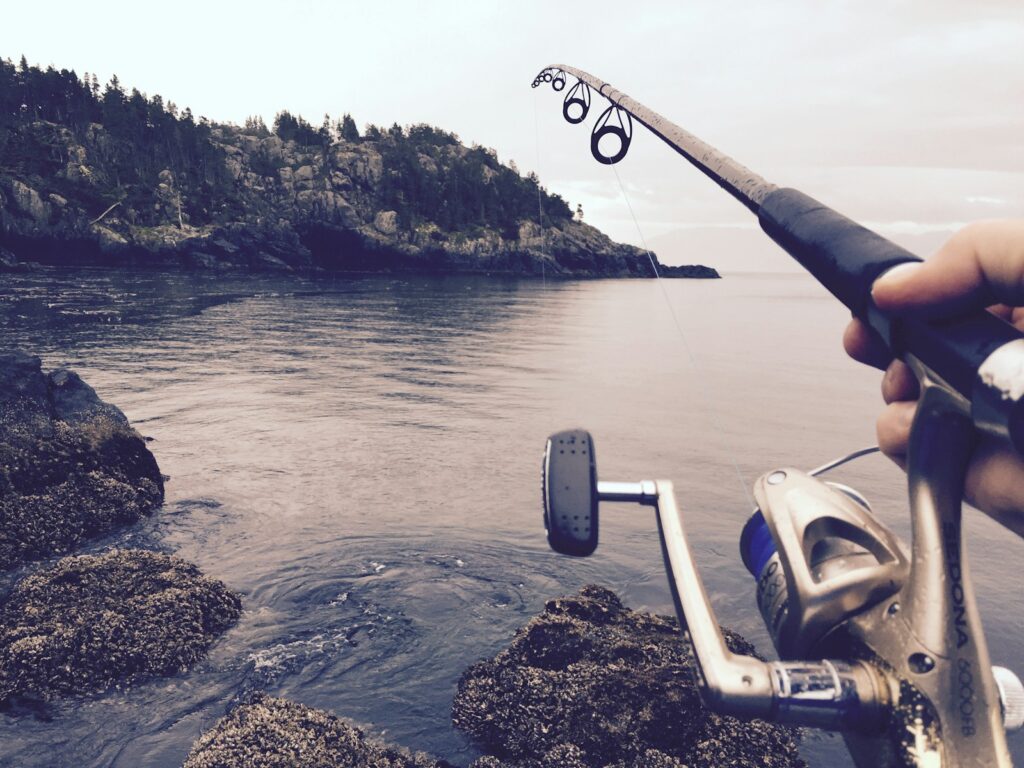
Rod blank materials significantly influence action characteristics in ways that directly impact performance on the water. Graphite rods, particularly those with higher modulus ratings, typically provide faster actions with enhanced sensitivity and reduced weight, making them ideal for techniques requiring feedback and quick hooksets. Fiberglass rods, which have seen a resurgence in popularity, deliver more moderate to slow actions with superior durability and shock absorption, excelling with reaction baits like crankbaits and spinnerbaits. Composite rods blend these materials to create specialized action profiles that combine the sensitivity of graphite with the forgiveness of fiberglass. The manufacturing process, including how materials are wrapped and what resins are used, further refines how a rod loads and unloads during casting and fish fighting, creating subtle but important differences in performance.
Common Rod Action Myths Debunked

Several persistent myths surrounding rod actions continue to confuse anglers and potentially lead to suboptimal equipment choices. One common misconception is that faster action always means a “better” rod, when in reality, different actions serve different purposes, and the best choice depends entirely on your fishing technique and target species. Another myth suggests that rod power (light, medium, heavy) is the same as rod action, when these are actually separate characteristics that work in conjunction with each other. Some anglers believe that rod action remains consistent across brands, when in fact, one manufacturer’s “fast” action may feel more like another’s “moderate-fast.” Perhaps most importantly, the myth that expensive rods always have superior actions ignores the reality that rod price often reflects materials, components, and manufacturing processes rather than having the “right” action for your needs.
Testing Rod Action Before Purchase
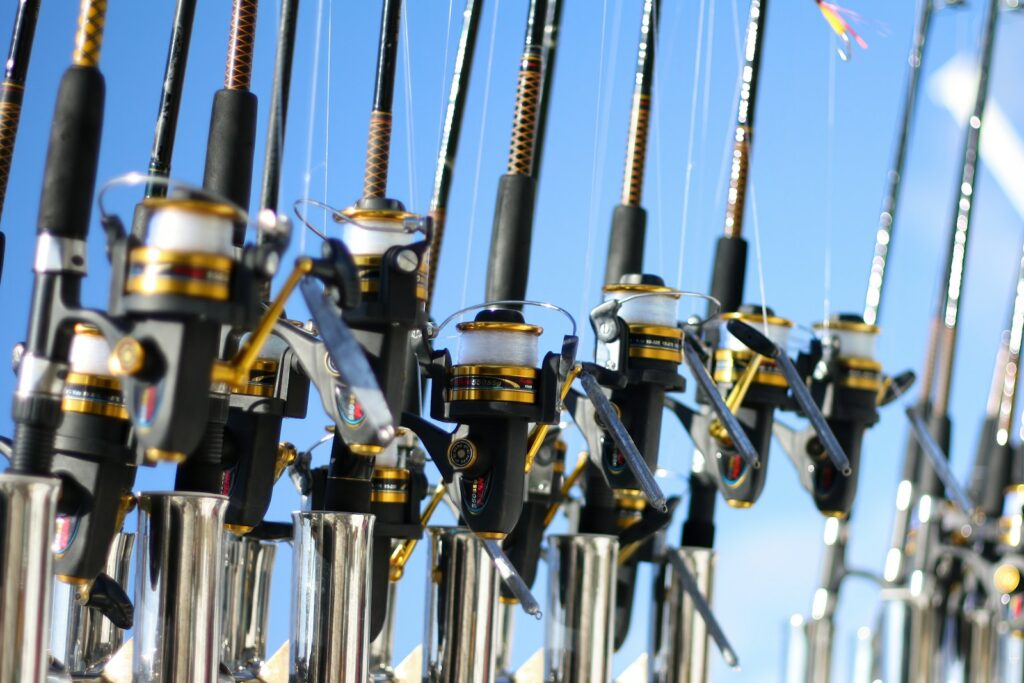
Whenever possible, testing a rod’s action before purchase provides invaluable insight beyond manufacturer specifications. In a store setting, gently press the rod tip against the floor or a counter to observe where and how much the blank bends, giving you a visual representation of its action. Attaching a reel and mimicking casting motions, even without line, helps you feel how the rod loads and unloads during a cast. Many specialty tackle shops offer demo days or rod testing programs where you can actually fish with different models before committing to a purchase. If in-person testing isn’t possible, thoroughly research user reviews focusing specifically on action characteristics and how they perform with your intended techniques and target species.
Building a Rod Arsenal: Multiple Actions for Complete Coverage
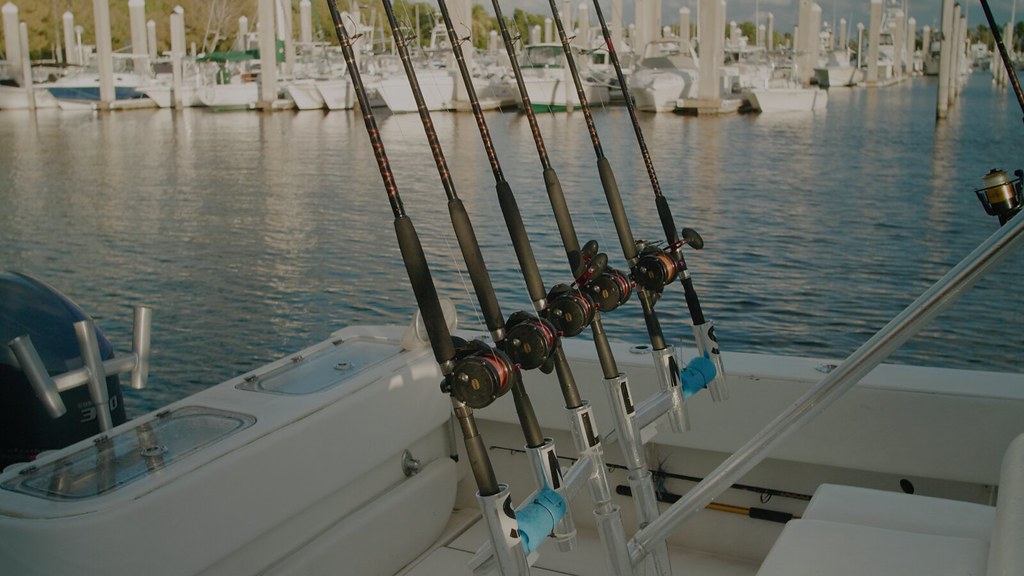
As you become more specialized in your fishing pursuits, developing a thoughtful collection of rods with different actions maximizes your effectiveness across various techniques. Start with a versatile moderate action rod that can handle multiple presentations, then add specialized tools as your fishing diversifies. A fast action rod for techniques requiring sensitivity and hook-setting power makes an excellent second addition. Consider how different seasonal patterns might require specific rod actions, such as a moderate action for cold-water cranking versus a fast action for summer worm fishing. For most anglers, a three-rod system covering fast, moderate, and slow actions provides sufficient versatility without overwhelming complexity or budget constraints.
Selecting the right rod action for specific fishing techniques involves understanding the fundamental principles behind rod dynamics and how they apply to your fishing style. Rather than following trends or marketing claims, focus on matching rod actions to your most frequently used techniques and target species. With the knowledge gained from this guide, you can make informed decisions that enhance your fishing experience and increase your success on the water. Remember that while having the perfect rod won’t automatically make you a better angler, fishing with appropriately matched equipment removes unnecessary obstacles to your success and makes time spent on the water more productive and enjoyable.

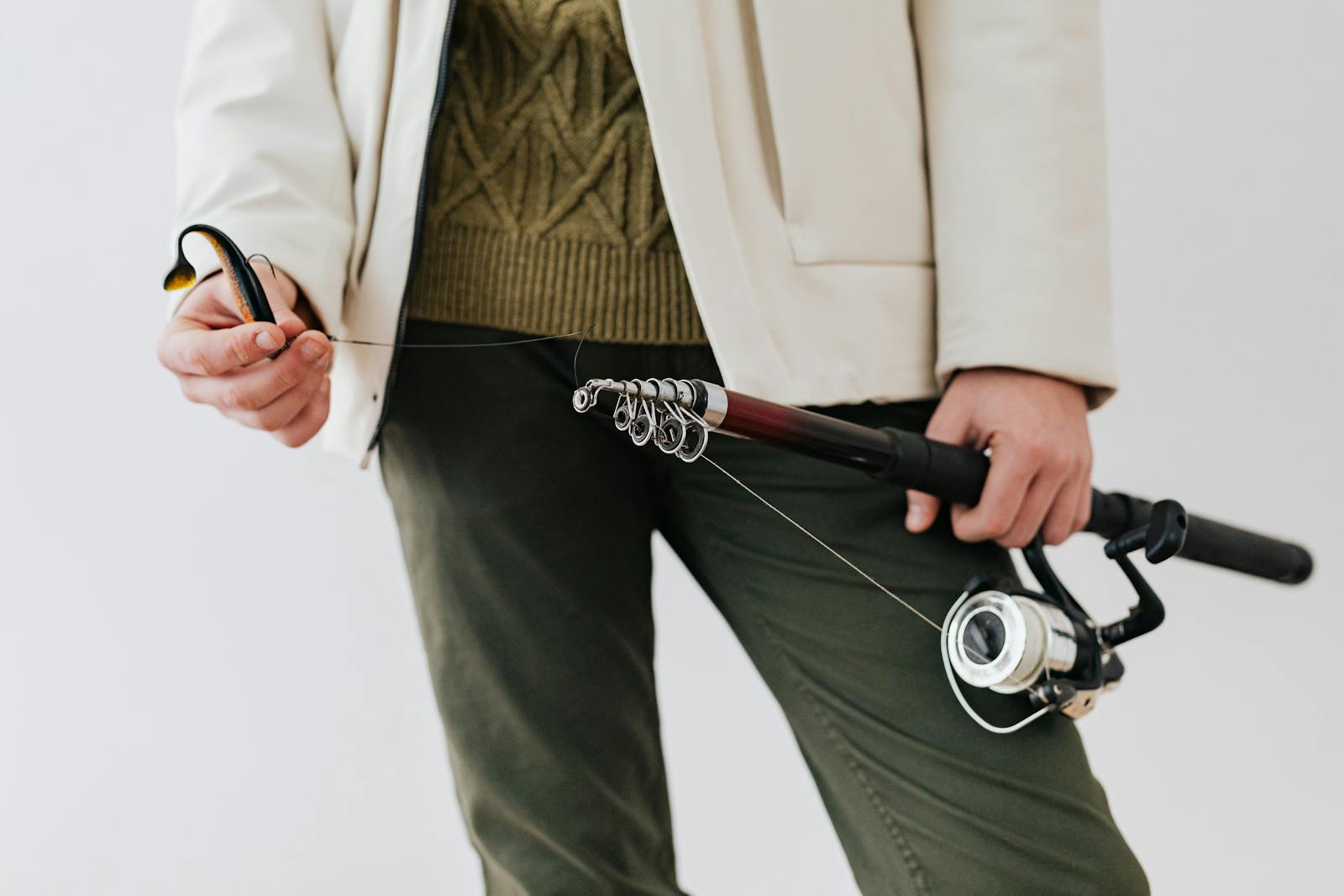
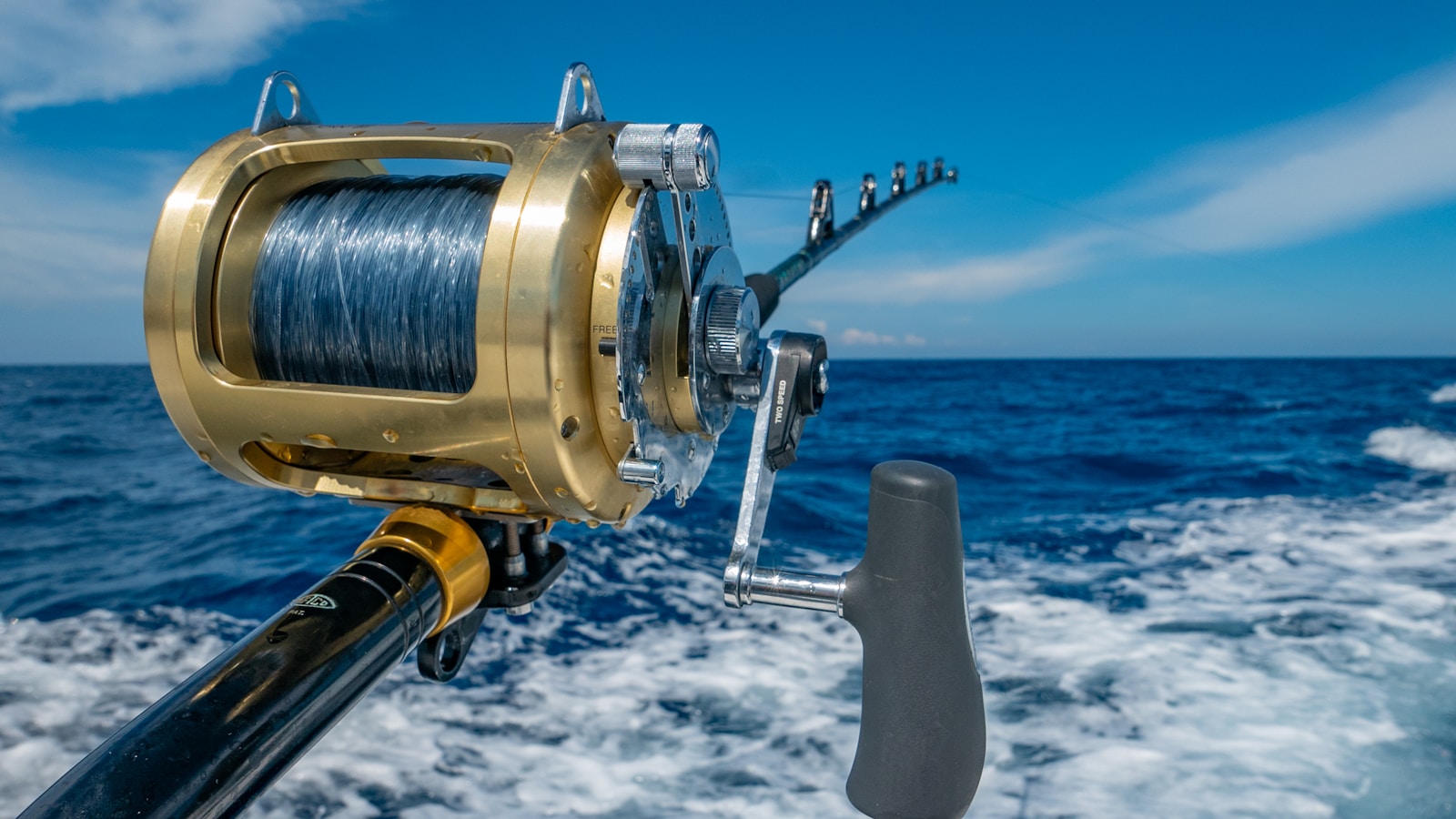











Post Comment